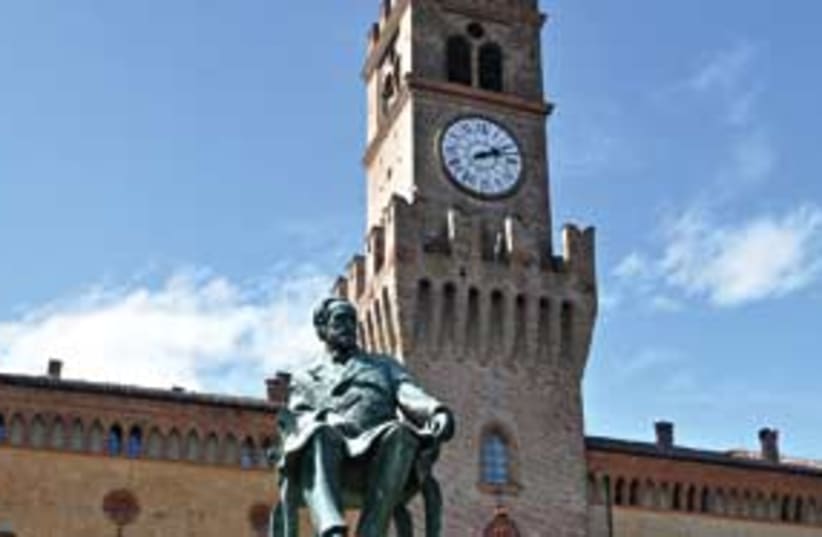Thewriter, emeritus professor of medicine, is an avid traveler andphotographer. He frequently writes, reviews and lectures on medicaltopics, music, art, history and travel. Additional pictures from thisas well as other trips can be seen on www.pbase.com/irvspitz
Italy's poetic Parma region
Remnants of a Jewish past - and the roots of Verdi.

Thewriter, emeritus professor of medicine, is an avid traveler andphotographer. He frequently writes, reviews and lectures on medicaltopics, music, art, history and travel. Additional pictures from thisas well as other trips can be seen on www.pbase.com/irvspitz